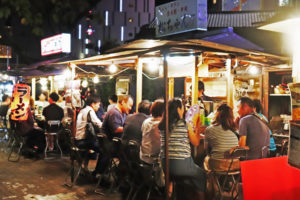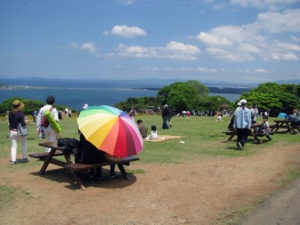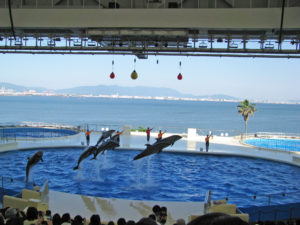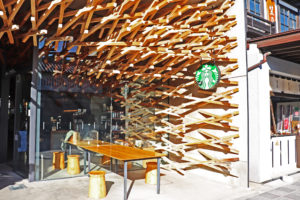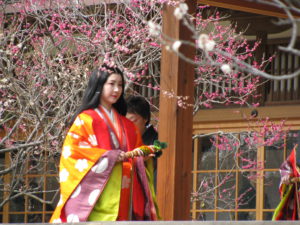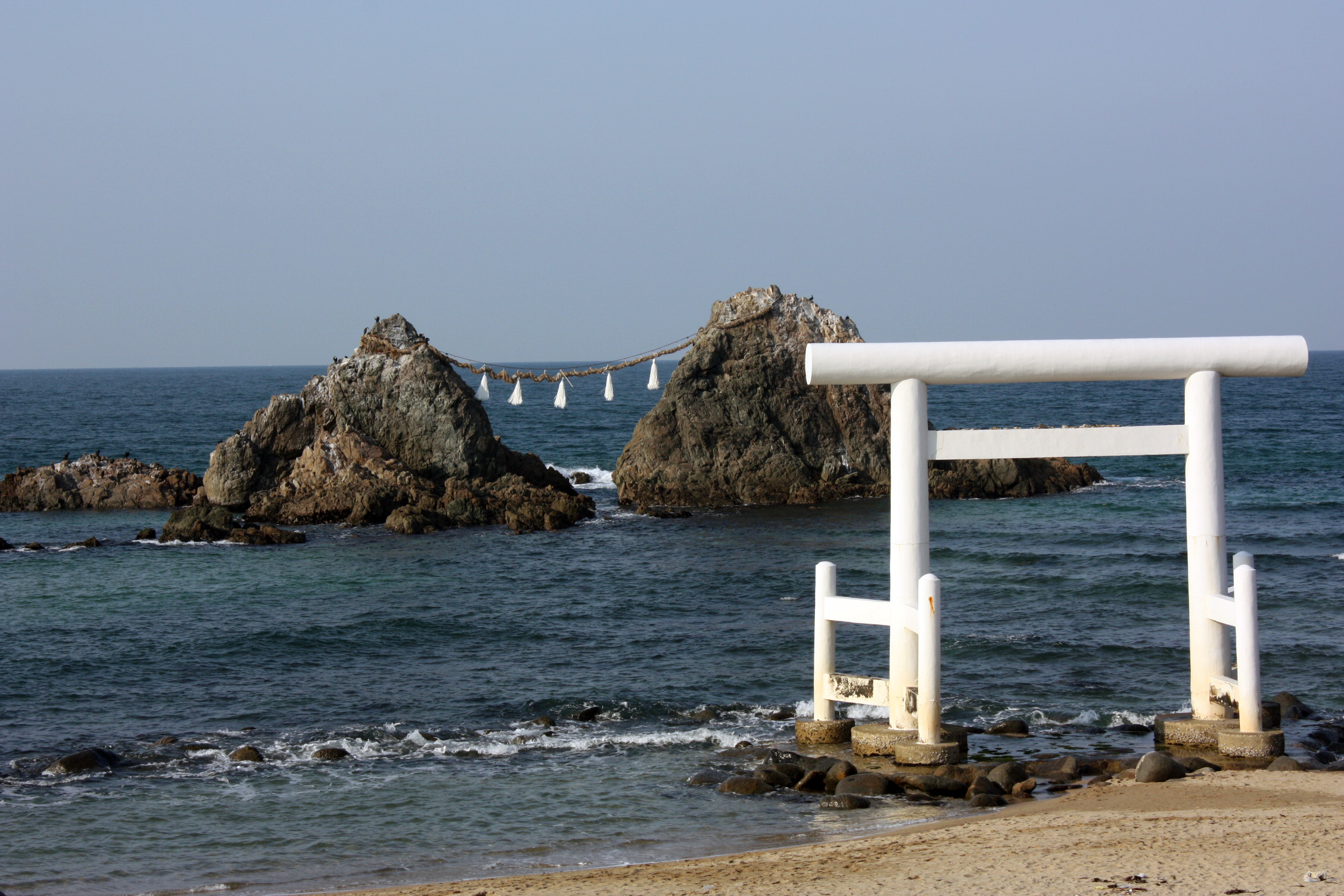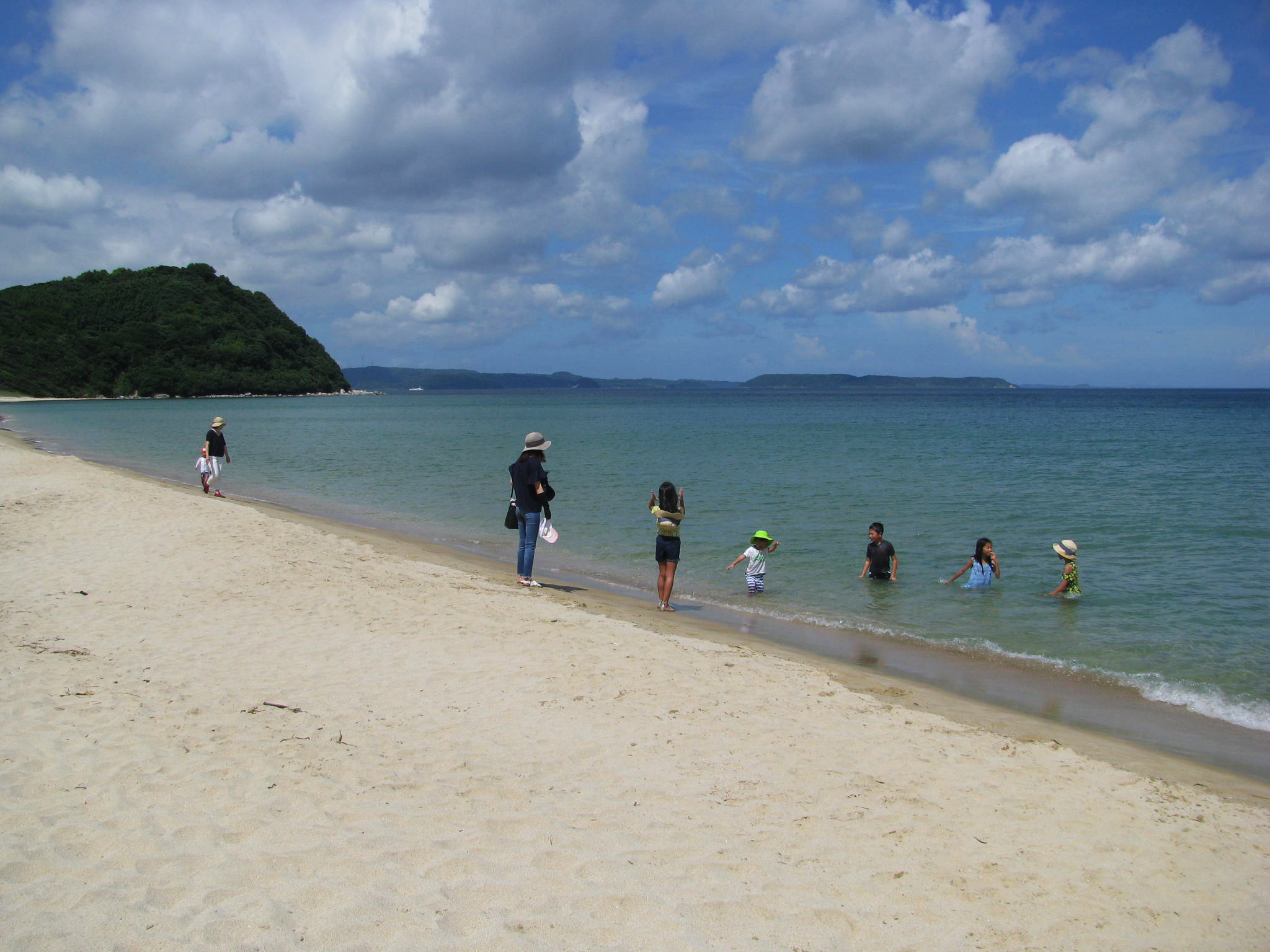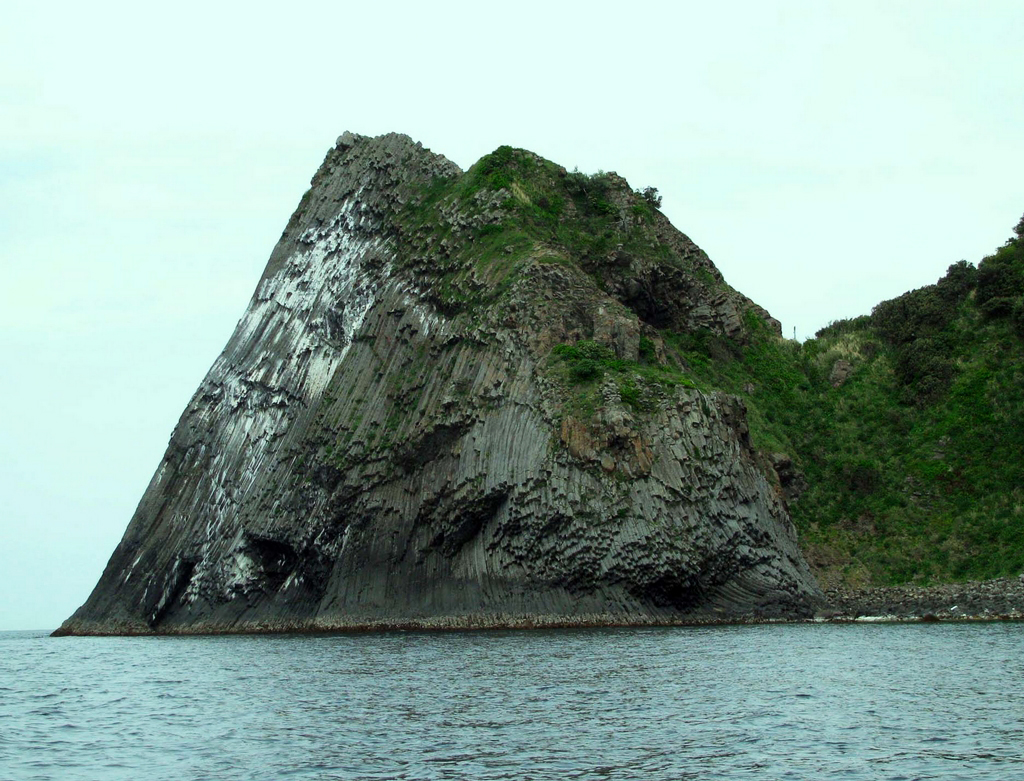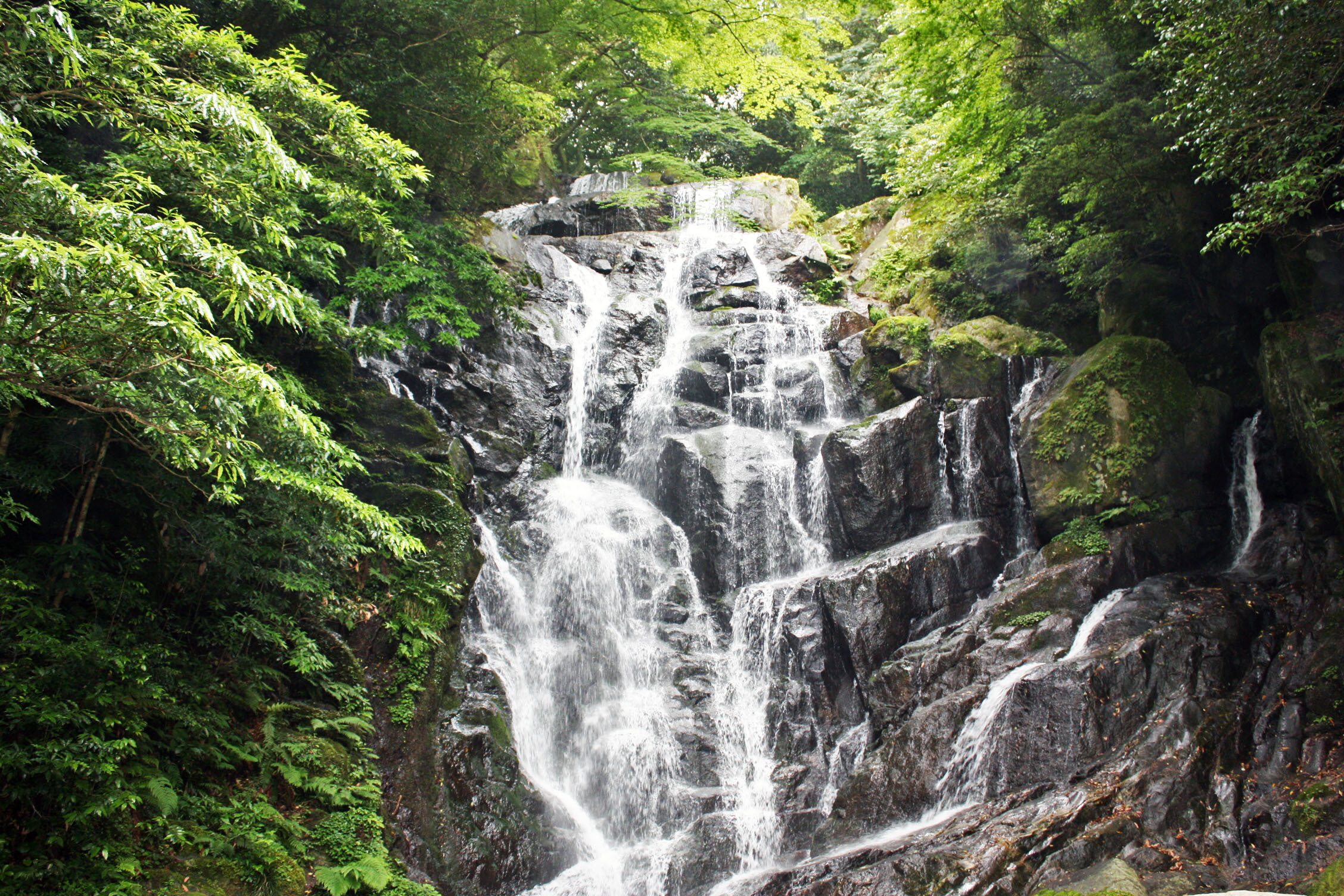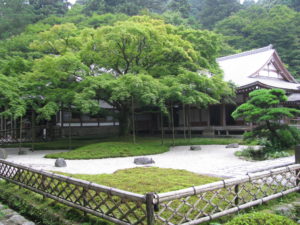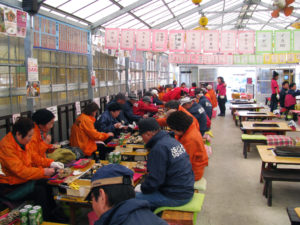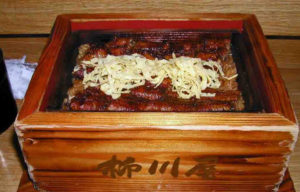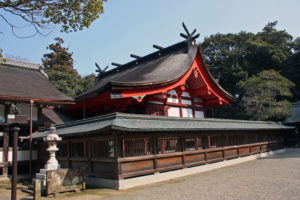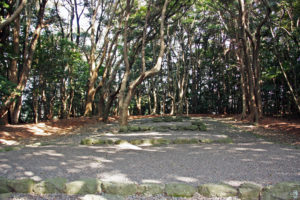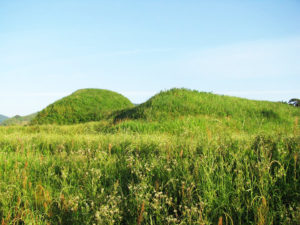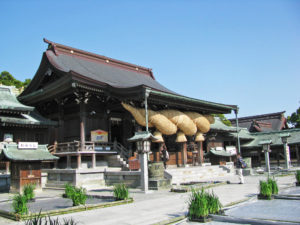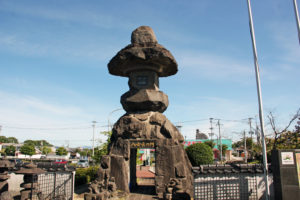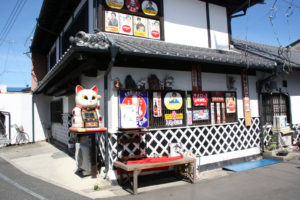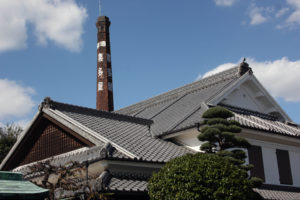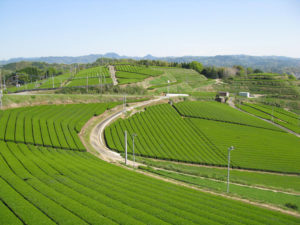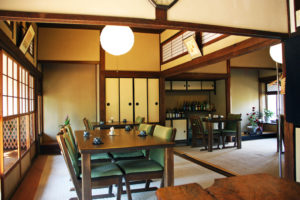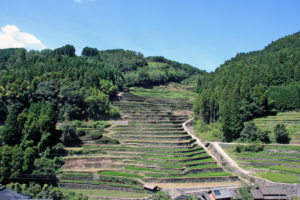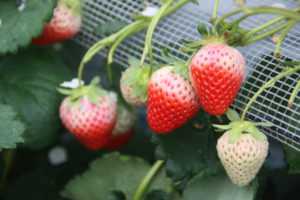Fukuoka travel guide
Fukuoka is the biggest city in Kyushu and the energetic city bustling as the center of Kyushu’s
politics, economy, culture, fashion as well as tourism. Fukuoka-city has many kind of fascinating
tourist attractions and abundant tourism materials which are different from the other destinations
in Kyushu. When visiting Kyushu, Fukuoka-city is the place to be incorporate in the travel plan.
And due to its location Fukuoka-city is the great starting point for exploring Kyushu.
Welcome to Fukuoka, enjoy shopping and meals
|
Tenjin area |
Where to visit
| Hakata temple and shrine town | |
 |
Hakata temple and shrine town is located within walking distance of JR Hakata Station and there are many Temples and Shrines where you can feel and soak up the ambience of true traditional Japanese culture. The history of Hakata temple and shrine town started with the dispatch of Japanese cultural and political missions to China in the 7th century. |
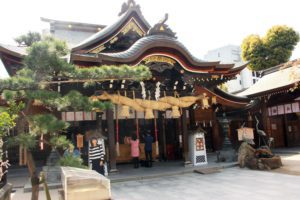 |
One of the most exciting summer festival in Kyushu, Hakata Gion Yamagasa is held in the shrine in July. The tall Kazari Yamakasa, a luxuriously decorated float, is always displayed which was constructed without using even a single nail. |
| Hakata Machiya Furusatokan | |
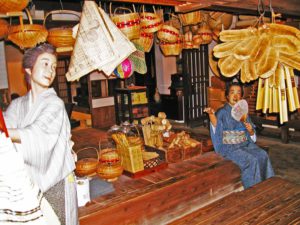 |
It is a folk museum depicts the life and culture of Hakata Fukuoka. Exhibition hall, many faces and facets of the Hakata way of life can be found, Machiya hall, is a superb example of traditional architecture and has been moved here and restored to provide a glimpse into the past. |
| Tochoji Temple | |
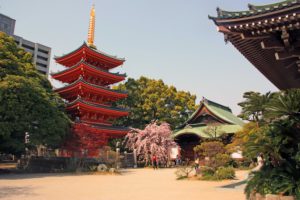 |
The Temple was founded in 806 by Kobo-daishi Kukai and it is the oldest temple of the Shingon sect in Japan that Kobo-daishi set up. The Fukuoka Daibutsu called Great Buddha of Fukuoka completed in 1993 stands 10.8 meters tall and is the largest seated wooden image of Buddha in Japan. |
|
|
|
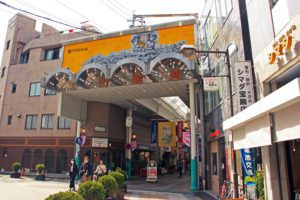 |
Japanese traditional Shopping Street and the entrance of the shopping street is located next to Kushida Shrine. Approximately 130 shops built in the 400 metre arcade. There are also souvenir shops including Hakata dolls, shops collected Hakata Gion Yamakasa goods. Enjoy lunch, Hakata Ramen at the birth place of Nagahama Ramen. |
Seaside Momochi is the water-front resort area, only a 15 minute drive from Tenjin in the
centre of Fukuoka-city. The park is surrounded by Fukuoka Tower and high rise
contemporary buildings, all of which help make a modern urban landscape.
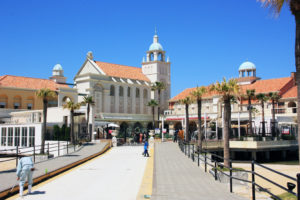 |
The complex facility for the wedding hall, shops and restaurants and is located in Seaside Momochi Park. |
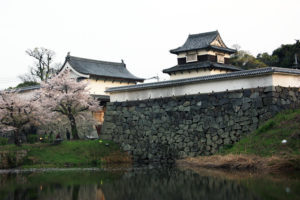 |
Fukuoka castle, was built in 1601. Part of stone wall and canal, and the Tamon tower are still left intact as they were back then. There is also a nice view of the city from the former main Parts of the castle’s former moats were used to construct nearby Ohori koen Park. |
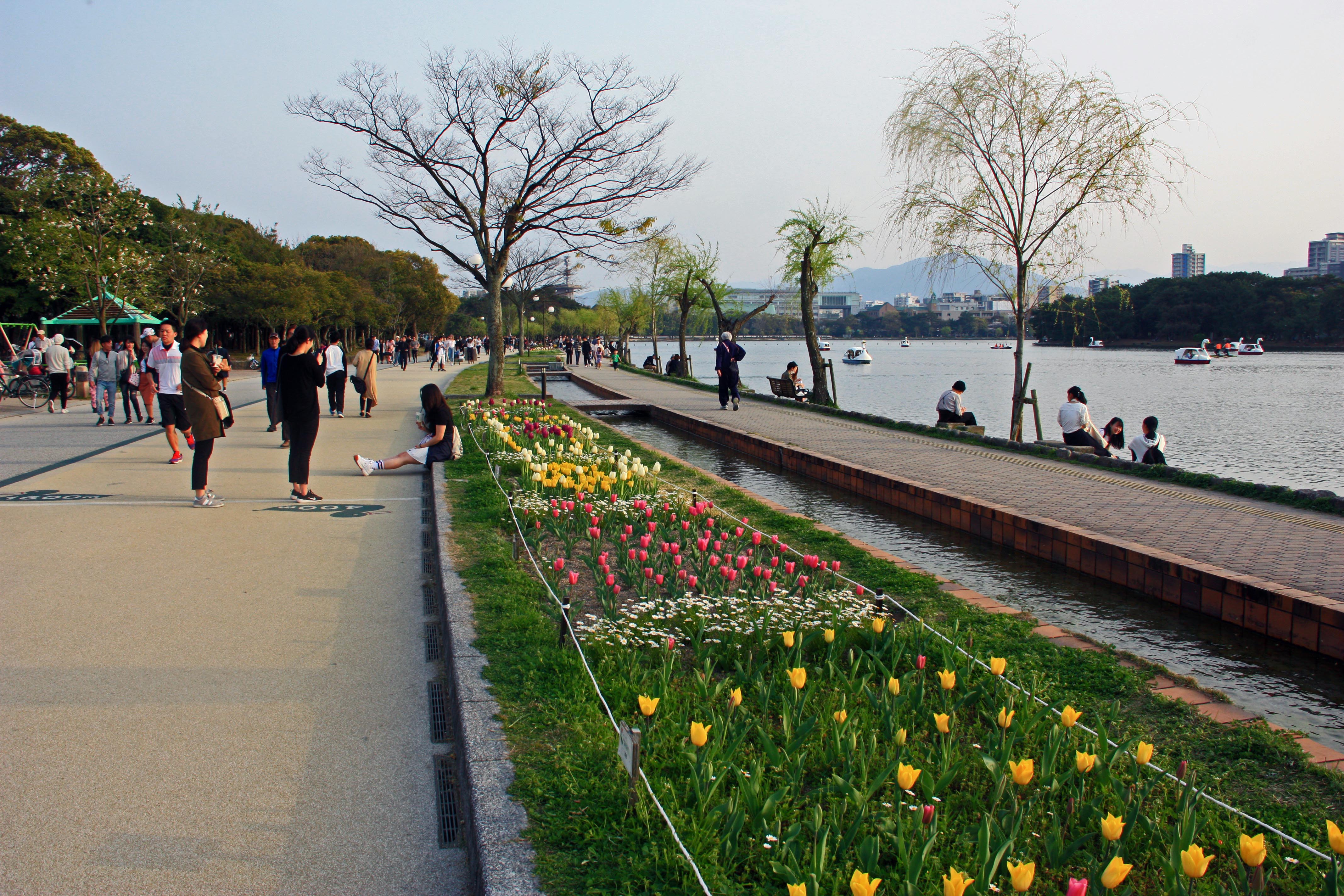 |
Ohori-koen Park is located next to Fukuoka Castle Ruins and close to center of Fukuoka-city. The park is complemented by a Japanese style garden and the Fukuoka City Art Museum. Rich in greenery and encircling a lake two kilometers in circumference, the park is an oasis for city residents, who enjoy jogging, boating, bird watching and other activities here. |
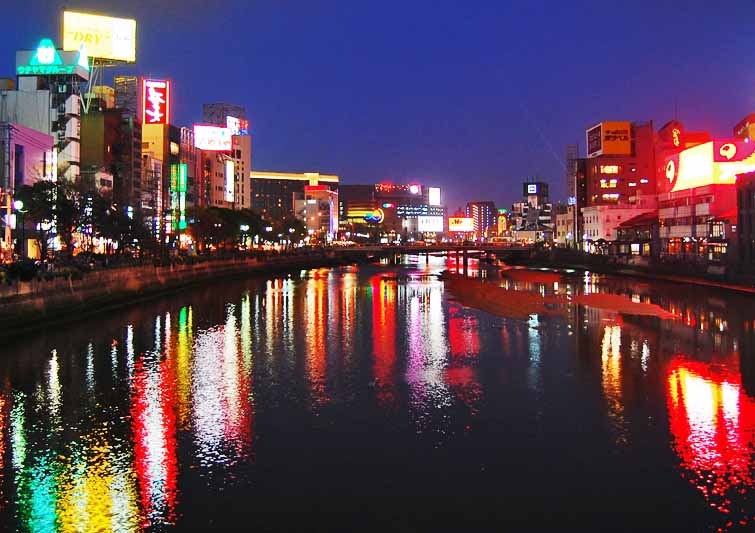 |
One of the largest entertainment districts in western Japan, bustling at night with young people and business men and women. Around 2000 eating and drinking establishments including Yatai is crammed in this area, Neon light reflect alluringly on the Naka River. |
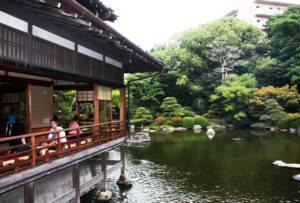 |
The Japanese traditional Garden; it was originally built in the 1754 for Kuroda Tsugutaka who was the lord of Fukuoka clan. You can feel Japanese traditional cultures and enjoy Tea Ceremony. |
 |
Hakata-za is the theater for Kabuki plays and is located in the Hakata Riverain in Nakasu It was originally constructed in 1996. |
Fukuoka Open Top Bus / Sightseeing bus in Fukuoka
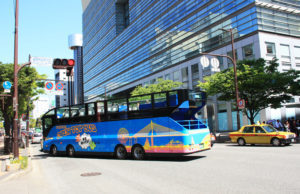 |
The Open-air deck bus with 3.2m high show you main tourist destinations in Fukuoka-city. The tour is started from Fukuoka City Hall. |
General information
| Address |
City hall : 1-8-1 Tenjin, Chuo-ku, Fukuoka-city, Fukuoka-prefecture Cabinet designate city |
| Access |
To main destinations in Kyushu by a vehicle Ibusuki : 4 hours and 20 minutes, Kagoshima : 3 hours and 30 minutes Miyazaki : 3 hours and 40 minutes , Aso : 2 hours and 20 minutes Kumamoto : 1 hour and 50 minutes , Beppu : 1 hour and 50 minutes Yufuin : 1 hour and 40 minutes, Nagasaki : 2 hours and 10 minutes Saga : 1 hour and 10 minutes , Kitakyushu : 1 hour and 10 minutes |
| Transportation |
Airport Fukuoka International Airport Fukuoka domestic Airport JR main station : Hakata Station Ferry to Busan, Korea to Iki and Tsushima, Nagasaki-prefecture to Goto, Nagasaki-prefecture to Okinawa to Nigata and Hokkaido City transportation Fukuoka City Subway Nishitetsu Bus Nishitetsu train |
| Population | 1,570,000 population density : 4,570 / km2 |
Fukuoka

Home Our Services About us Contact us Kyushu Travel Guide
Dazaifu travel guide
Dazaifu is one of the most attractive tourist destinations in Fukuoka-prefecture
to experience Japanese traditional culture.
From the late 7th century to the late 12th century, Dazaifu was the western capital
of Japan and controlled Kyushu. Geographically, it served as the front line of
Japan’s diplomacy and defense, as well as it is gate way to the Asian continent.
A special location worth visiting is Dazaifu Tenmangu Shrine, with more than 8.5
million tourists visiting annually.
Where to visit
Shrine Approach path
Starbucks at Approach path
| Kyushu National Museum | |
 |
Kyushu National Museum was opened in 2005 in Dazaifu-city next to Dazaifu Tenmangu Shrine, as Japan’s fourth national museum after Tokyo, Kyoto and Nara. |
| Site of Dazaifu Government Office | |
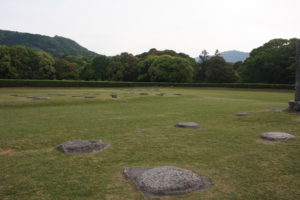 |
Government site of Ancient Kyushu, Known as TOFURO, the site was used during the Nara (710 to 794 AD) and Heian (794 to 1185 AD) period. The Dazaifu was responsible for supervising Japan’s maritime frontier, as well as for administering the nine provinces and two island of the Saikaido (modern Kyushu). |
Featured festival
General information
| Address | City hall : 1-1-1 Kanzeonji Dazaifu-city, Fukuoka-prefecture |
| Access |
30 minutes by car using Fukuoka Urban Express Way from Fukuoka-city 35 minutes by Nishitetsu train from Tenjin (Fukuoka) to Dazaifu |
| Transportation | Nishitetsu train |
| Population | 72,000 Population density 2,400 |
Dazaifu

Home Tailor-made tours Study tours Christian Pilgrimage tours Golf tour Kyushu tour packages
Itoshima travel guide
Itoshima is located next to Fukuoka-city, the north side is facing Genkai Sea and has intricate
coastline created by dynamic wave.
The plain and several low mountains between the coastline in the north and Seburu mountain
range in the south create beautiful landscape.
The main industries are fishery and agriculture, including rice, fruits and flowers.
Sake rice is also cultivated and there are also Sake Breweries.
You can enjoy various cuisines such as sea food dish, oyster Barbecue, Sushi as well
as Ramen.
Where to visit
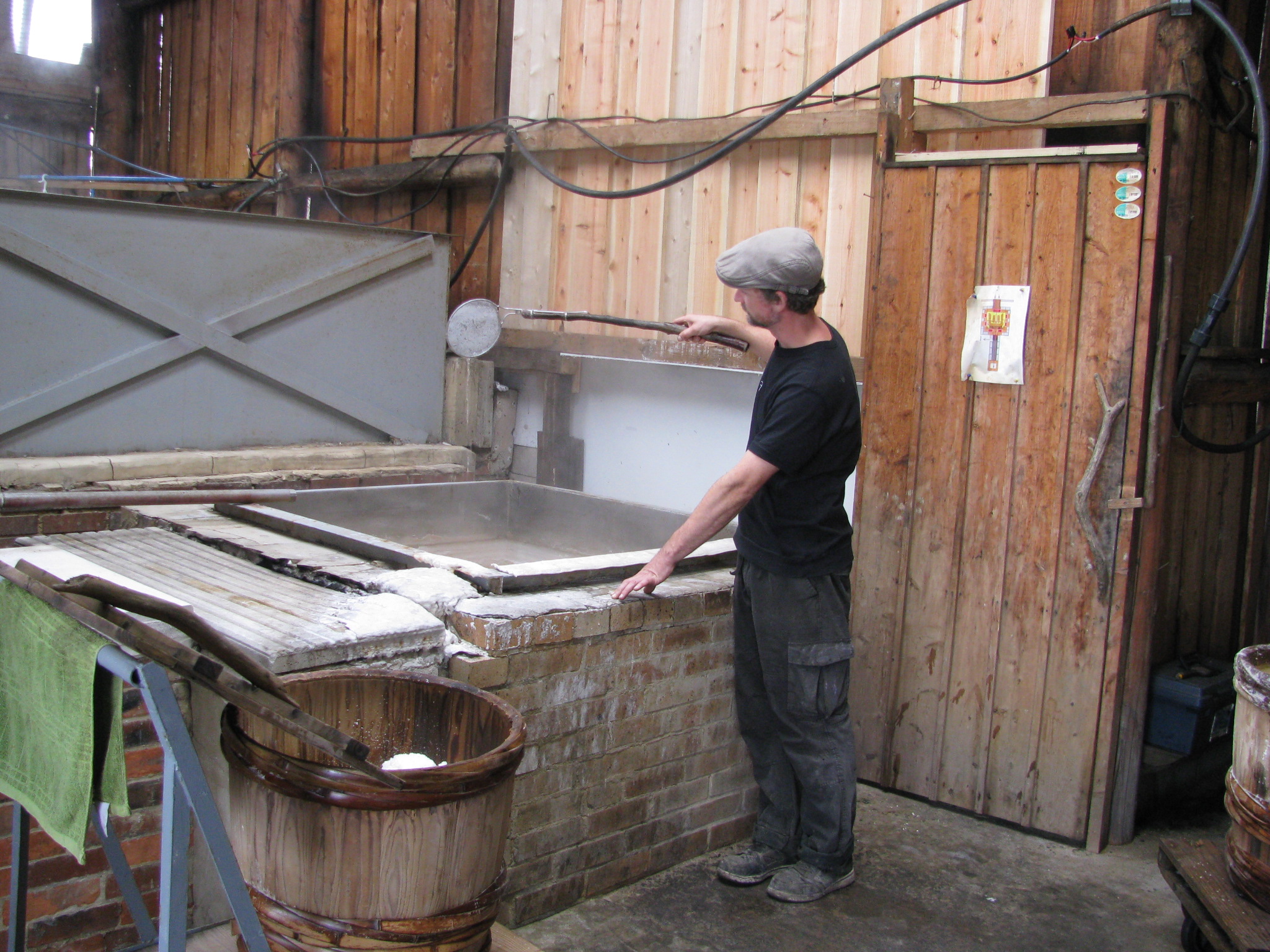 |
The salt making plant by the ancient production method. A salt and a magnesium chloride are produced with Genkai sea water. |
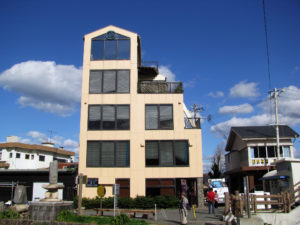 |
Featured seafood restaurant, Isonoya. Special seafood dish used fresh fishes caught in the Genkai Sea can be enjoyed. |
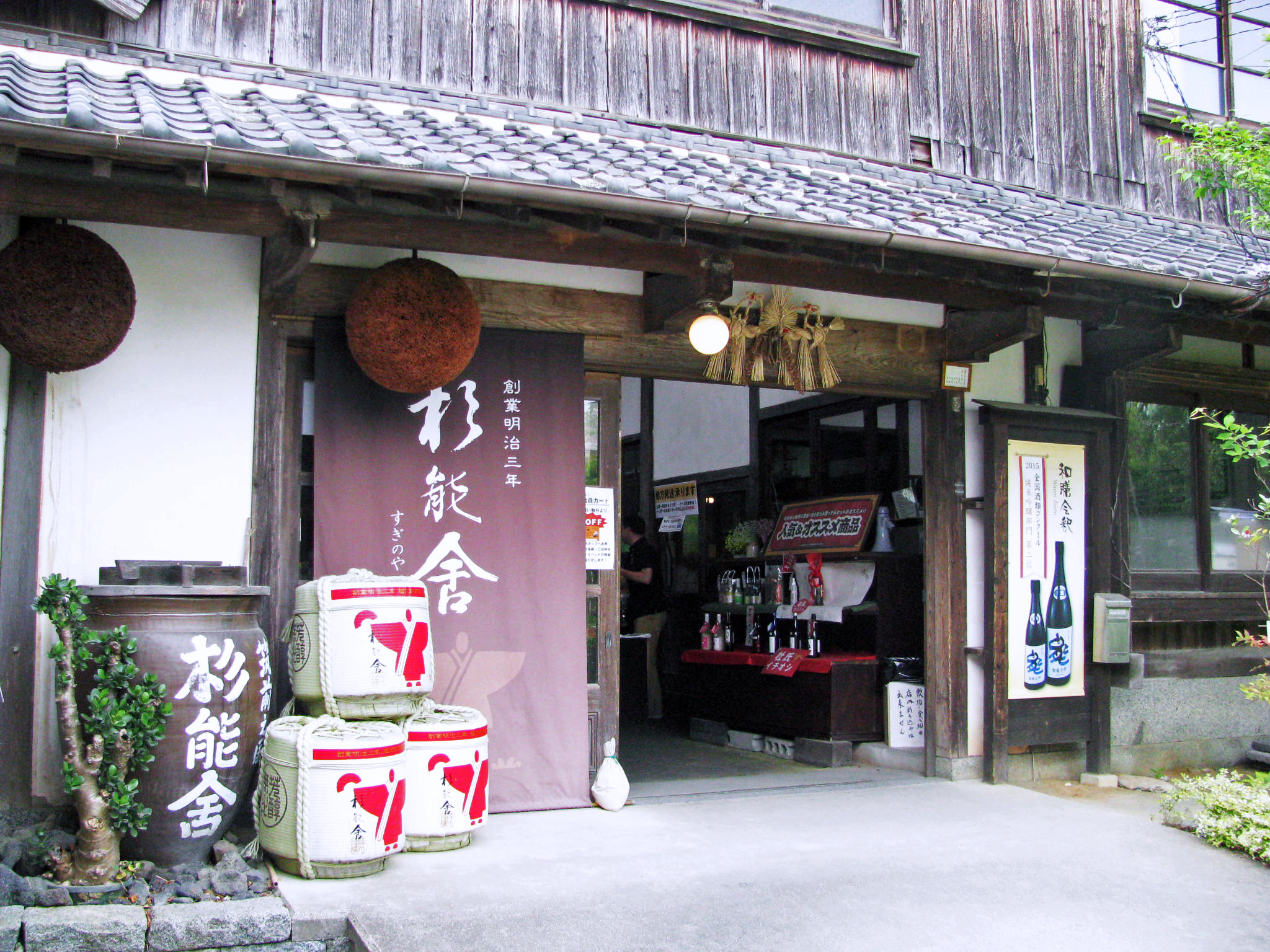 |
There is the tasting corner, let’s sample sake. Sake is unique Japanese liquor made by fermenting rice. Suginoya was founded in 1870 in Itoshima. |
Ichirano-no mori, Hakata Ramen
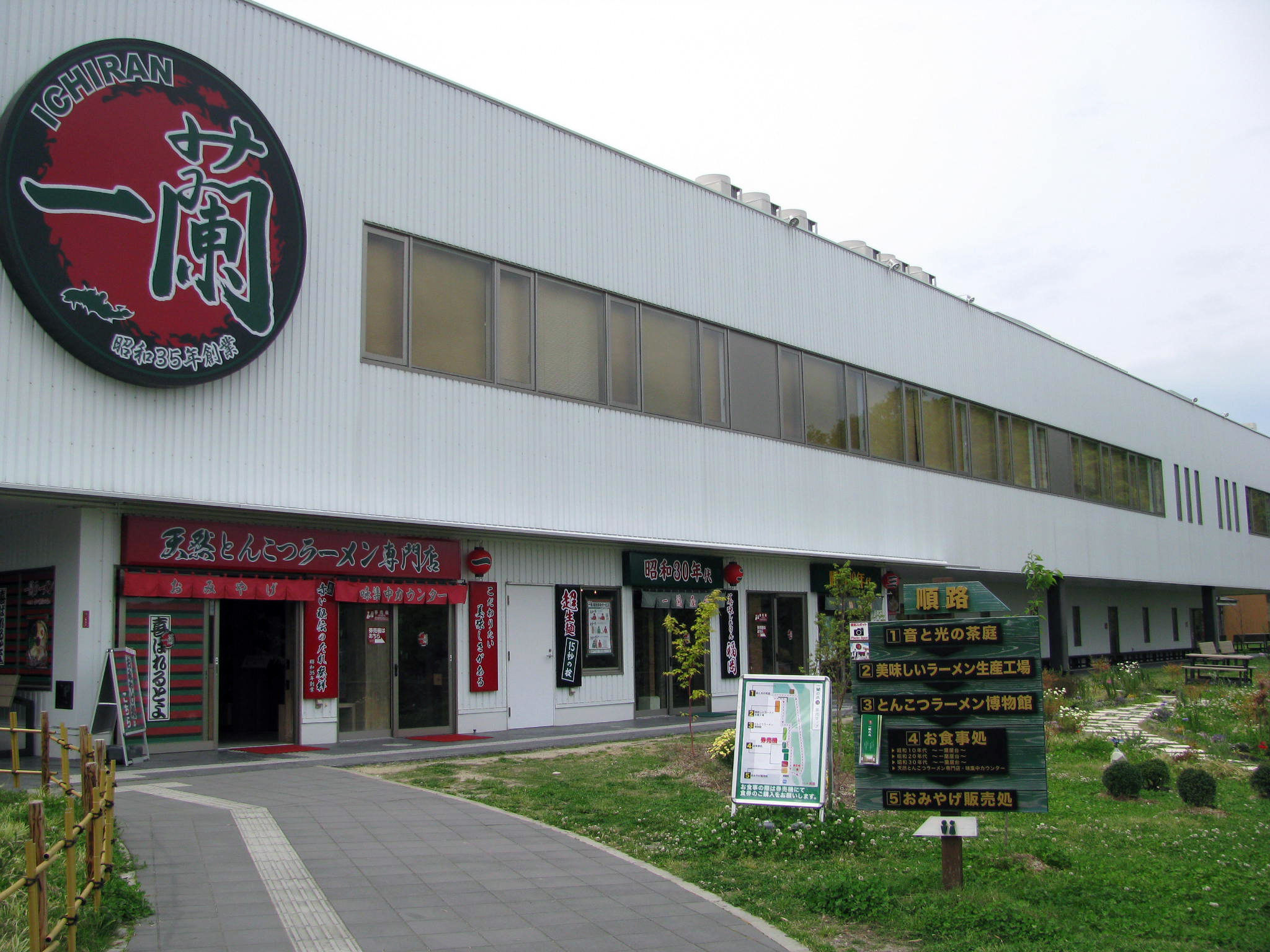 |
Ichiran is an authentic tonkotsu ramen or pork born soup ramen restaurant, established in 1960. The ramen producing factory can be visited and various type of ramen can be enjoyed at Ichiran-no-mori. |
General information
| Address | City hall : 1-1-1 Maebarunishi, Itoshima-city, Fukuoka-prefecture |
| Access |
30 minutes from JR Hakata Station by a vihecle using Fukuoka Urban Express Way and Nishi-kyushu High way 40 minutes by train from JR Hakata Station to Maebaru, Itoshima |
| Population | 97,000 Population density 450 |
Itoshima

Home Tailor-made tours Study tours Christian Pilgrimage tours Golf tour Kyushu tour packages
Kitakyushu travel guide
Kitakyushu is the 2nd largest city in Kyushu with a population of 920,00 and is located
at the northern tip of Kyushu. It is the gateway between Kyushu and Honshu and has
long between important location for industry shipping and land transport.
Kitakyushu was chosen for Japan’s modern steel industry from the 17 candidate locations
selected all over Japan and Steel works operation was started in 1901.
Since then the city greatly contributed to Japan’s Industrial modernization.
Kitakyushu possesses numerous natural wonders and tourist attractions.
Nature arears including Mt. Sarakura where is one of the most spectacular and dynamic
night views in the world can be seen.
Castle town area Kokura where Japanese traditional culture can be experienced,
Mojiko Retro facing Kanmon Strait where one of the most beautiful Strait in the World
and also Industrial area Yahata where is the birth place of Japan’s Steel industry.
Furthermore, many restaurants of local cuisines and shopping areas
Where to Explore
Kokura area
| Kokura Castle | |
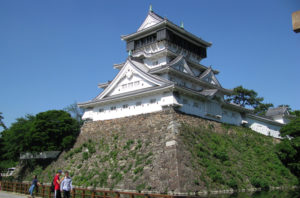 |
Kokura was the transportation hub from Honshu and all areas of Kyushu during Edo period from 17th to 19th century. The Castle town was constructed in the Kokura and Kokura Castle was build in 1602 and spent 7 years construction at the north side of Kokura facing to Kanmon strait and next to Murasaki river. The height of Castle tower is 6th tallest in Japan after Himeji Castle. |
| Kokura Castle Garden | |
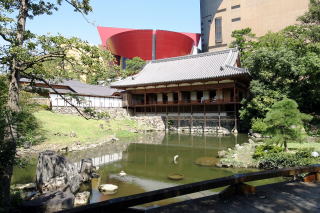 |
Beautiful Japanese garden with traditional Japanese architecture. The building was made for the lord’s guest house which a building of the style of Japanese domestic architecture, located next to Kokura Castle. You can enjoy the Tea Ceremony in the Japanese traditional architecture.
|
Moji area
Moji is the beautiful port town and facing to Kanmon Strait where one of the most
beautiful Strait in the World. On the other side of the Kanmon Strait is Shimonoseki,
more than 500 ships are passing through the Strait everyday.
Moji Port designated as a Japan’s special trading port in 1889.
| Mitsui Club | |
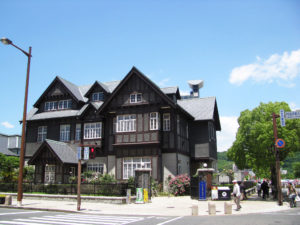 |
It was built by the Mitsui Co., Ltd in 1921 as a reception centre and to provide accommodation for VIP’s. Albert Einstein (1879-1955), one of the world’s most famous theoretical physicists, stayed here during his visit to Japan with his wife in 1922. |
| Kaikyo Plaza | |
 |
The shopping area in the Mojiko Retro district located by the sea. “Full of a romance market which stir up forgetting contentment” is the direct translation of the concept Kaikyo Plaza is based on. The area has a very romantic ambience and evokes feeling of nostalgia and contentment that will never be forgotten. |
| Mojiko Station | |
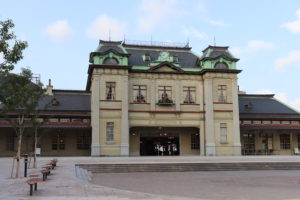 |
It is the only Station building that is designated as an Important National Cultural Property together with Tokyo Station. Mojiko Station is a beautiful station built in the Renaissance style and modeled on the Termini Station in Italy. |
| Mojiko Retro Observatory | |
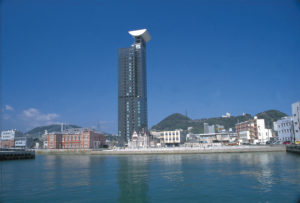 |
Situated on the 31st floor of the high-rise apartment building “Retro Hi-Mart”. The 103 metre-high observatory offers magnificent views of the Mojiko Retro district, the Kanmon-kyo Bridge over the Kanmon Strait, as well as the Shimonoseki area. |
| Konamon Pedestrian tunnel | |
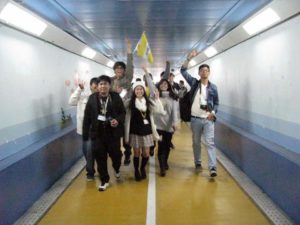 |
Only the place in the world ! You can cross the strait on foot. The Kanmon Strait, separating Honshu and Kyushu, is a very beautiful and busy waterway with as many as 700 small and large ships a day passing through it. the Kanmon Pedestrian Tunnel, which enables people to cross on foot, |
Higashida area
Japan’s modern steel industry was started as Yawata steel Works at Higashida district
in 1901. Since then, the Works greatly contributed to Japan’s industrial modernization.
The three sites in Higashida have been registered on UNESCO World Heritage as
Sites of Japan’s Meiji Industrial Revolution.
| Higashida No.1 Blast Furnace | |
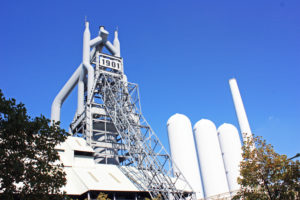 |
Blast Furnace is a Steel plant for making the pig iron from iron ore and coke. Higashida No.1 Blast Furnace is only the Blast Furnace in the world which preserved as it was. The birth place where Japan’s steel industry began in 1901. It contributed greatly to the development of the Japanese steel industry and was used until 1972, and has been preserved just as it was. |
| First Head Office of the Steel Works / UNESCO World Heritage | |
 |
The the building for the Head office of the Imperial Steel Works was constructed in 1899, two years before commencement of Japan’s Steel Industry. The design of the building is a harmony of European and Japanese architectural styles. The construction of the structure below the roof is a European style and uses red bricks for the outside walls. Aiming to symbolize a Good future for Japan, the roof was designed with a traditional Japanese triangular shape and Japanese tiles were used to complete the roof. |
Industrial Heritages
| Kawachi Reservoir | |
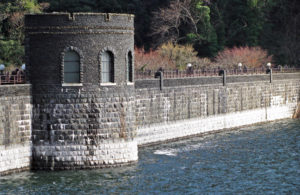 |
The first-class civil construction heritage completed in 1927, The Kawachi Reservoir was constructed for the industrial water supply to Yawata Steel Works. The dam was constructed at the Okura River and upper stream of the dam was expanded and making the 7milion cubic metre reservoir |
| Minami Kawachi-bashi bridge | |
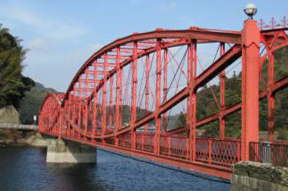 |
The only remaining lenticular truss bridge in Japan
( lens type truss bridge), located at the south side of Kawachi
Reservoir and it was designed by Hisanori Numata. This shape
and color really harmonize with nature and become a symbol of
the Iron town Yahata.
|
| Onga River Pump Station / UNESCO World Heritage | |
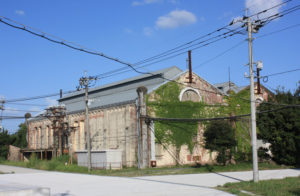 |
Built in 1910 on the east bank of the Onga River. It served, and still serves, to deliver industrial water to Yawata via an 11.4 km pipeline. The site has been registered on the UNESCO World Heritage, |
| Kurogane Railway | |
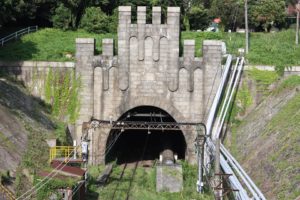 |
Dedicated Railway for Yawata Steel Works. The railway connected between Yawata and Tobata, completed in 1930. The most difficult and hard work was making Miyatayama tunnel with a total length of 1180 m due to suffering from floods. The gates of the Miyatayama tunnel are decorated with stately designs. |
| Yahata port | |
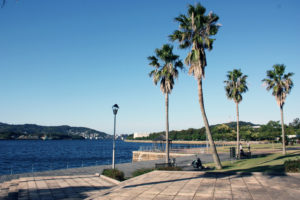 |
Japan’s Modern Steel Works history started here. Yawata was a rural village with a small population of agriculture and fishing industry. And this place was decided in Parliament as the Japan’s Modern Steel Works construction site in 1897. |
| Mount Sarakura, the most dynamic night veiw in the World | |
 |
The height of the mountain is 622 meters level. At the top you are presented with a magnificent and spectacular view of Kitakyushu. In 10 minutes, you can reach the summit from the Cable Car Station using the Cable car and the Slope car. We offer the most dynamic night view in the World that you never seen before. |
| Hiraodai Karst Plateau & Caves | |
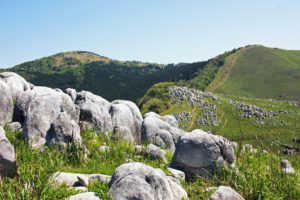 |
One of the three largest Karst Plateau in Japan. It is located in southeastern part of Kitakyushu-city. At altitudes between 400 and 600 meters above sea level and stretching 6 km from north to south and 2 km from east to west. |
| Kawachi Wisteria Garden | |
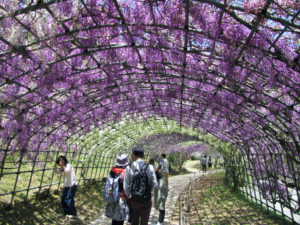 |
Kawachi Wisteria Garden is a private garden at the Mountain foot of Sarakura and famous for its spectacularly presented, large numbers of wisteria flowers. The garden is opened to the public seasonally during the wisteria season which usually peaks around late April to middle of May. |
Others
| Manga Museum and Aru Aru City | |
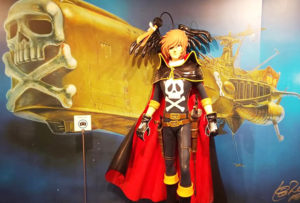 |
Manga Museum is located next to JR Kokura station. The museum is located on the 6th floor of Aru Aru City, a multi-floored shopping mall devoted to products and services for anime, manga, idol culture, and cosplay fans, a kind of Harajuku in miniature. |
General information
| Address |
City hall ; 1-1 Jonai Kokura-kitaku, Kitakyushu-city, Fukuoka-prefecture Cabinet designate city |
| Access |
70 minutes by a vehicle from Fukuoka Airport in Fukuoka-city 100 minutes by a vehicle from Saga-city 160 minutes by a vehicle from Nagasaki-city 100 minutes by a vehicle from Beppu 100 minutes by a vehicle from Yufuin |
|
40 minutes by JR Express train from JR Hakata Station 19 minutes by JR Shinkansen (bullet train ) from JR Hakata Station |
|
| Population | 945,000 Population density : 1.920 / km2 |
Kitakyushu

Home Our Services About us Contact us Kyushu Travel Guide
Yanagawa travel guide
Yanagawa is a beautiful canal town where with fields of flat land facing the
calm Ariake Sea. The area of Yanagawa was created by reclamation of shallow
Ariake Sea which has existed since and the canal was constructed for people’s
lives and agriculture. Yanagawa was once a Castle town of the Tachibana
domain. Features of Yanagawa are the Canal boat cruise and Eel cuisine.
Birthplace of Hakushu Kitahara
 |
Yanagawa is the birthplace of renown poet Hakushu Kitahara, whose accomplishments are marked by a memorial park and the many stone monuments bearing his works placed throughout the city. |
Local cuisine
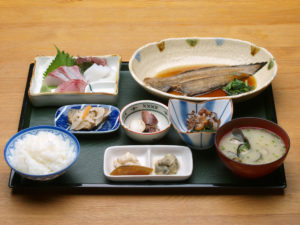 |
Yanagawa is facing to Ariake Sea where many fresh and unique fishes are caught. Japanese cuisines using local delicacies is also recommended. |
Sake breweries
 |
There are two authentic Sake breweries where you can enjoy tasting in Yanagawa. Yanagawa Shuzo Sake brewery founded in 1890 and Kikubijin Shuzo Sake brewery founded in 1735. |
 |
The festival is held from February 11 through April 3 in Yanagawa. Hina dolls are displayed by families with girls to pray for safe growth of their children, in Yanagawa. |
General information
| Address | City hall : 87-1 Honmachi, Yanagawa-city, Fukuoka-prefecture |
| Access |
70 minutes by a vehicle from Dazaifu 80 minutes by a vehicle from Fukuoka-city 110 minutes by a vehicle from Kitakyushu-city 50 minutes by Nishitetsu train from Nishitetsu Tenjin (Fukuoka) |
| Transportation | Nishitetsu train |
| Population | 66,000 Population density 850 |
Yanagawa

Home Tailor-made tours Study tours Christian Pilgrimage tours Golf tour Kyushu tour packages
Munakata & Fukutsu travel Guide
Munakata Region is located in the west part of Fukuoka-prefecture and facing to Genkai Sea.
The area are consist of Munakata, Fukutsu, Akama and Oshima Island.
Munakata
Munakata Shrine Hetsu-gu, UNESCO World Heritage
Fukutsu
Shinbaru-Nuyama Mounted Tombs, UNESCO World Heritage
Oshima Island
Oshima Island located 11 km from Konominato Port in Munakata-city, and is the largest
island in Fukuoka-prefecture. The population of the island is around 700.
 |
Oshima Ferry, it takes 25 minutes by Oshima and 15 minutes by Shiokaze. |
Munakata Shrine Nakatsu-gu, UNESCO World Heritage
 |
Nakatsu-gu, one of the three shrines that comprise Munakata Taisha, is situated on this island and enshrines Tagitsuhime-no-Kami, one of the Three Goddesses of Munakata. |
Munakata Shrine Okitsu-gu Yohaisho, UNESCO World Heritage
 |
From the observation deck atop Mt Mitakesan, visitors can view not only the main island of Kyushu, but also Okinoshima Island. |
Lunch at Japanese Inn
 |
 |
 |
Munakata & Fukutsu

Oshima

Home Tailor-made tours Study tours Christian Pilgrimage tours Golf tour Kyushu tour packages
JR Hakata Station
The major railway station in Fukuoka. It is the largest and busiest station in Kyushu,
and is a gateway to other cities in Kyushu for travellers from Honshu.
|
Hakata-gucbi Side |
Chikushi-guchi Side |
Lobby of the Station |
The Station building and around station, there are a lot of shops, restaurants as well as hotels.
This area is one of the fascinating tourist destination in Fukuoka.
 Chikushi-guch Side Chikushi-guch Side |
Japanese Restaurant |
Yodobashi Camera |
|
Tourist Information Center at Hakata Station |
Hakata-guchi Side |
Halata-guchi Side |
General information
| Address | Hakataeki-chuogai, Hakata-ku, Fukuoka-city, Fukuoka-prefecture |
| Access |
5 minutes from Fukuoka Airport by Subway 15 minutes from Kokura by a Shinkansen 50 minutes from Kumamoto by a Shinkansen 1 hour and 54 minutes from Beppu by a Limited Express train 2 hours from Nagasaki by a Limited Express train 1 hour and 40 minutes from Kagoshima-chuo by a Shinkansen 1 hour and 1 minute from Hiroshima by a Shinkansen |

Home Tailor-made tours Study tours Christian Pilgrimage tours Golf tour Kyushu tour packages
Seaside Momochi
Seaside Momochi is the water-front resort area, only a 15 minute drive from Tenjin in the centre
of Fukuoka-city. The park is surrounded by Fukuoka Tower and high rise contemporary buildings,
all of which help make a modern urban landscape. There are many tourist attractions here.
 |
|
|
The complex facility for the wedding hall, shops and restaurants and is located in Seaside Momochi Park.
 |
 |
 |
Fukuoka City Museum
The Museum opened on October 18, 1990 as a place for people to learn about and trace
the cultural development of Fukuoka-city through the history of the region and the lifestyle of
its population.
 |
 |
|
Fukuoka Citizens’ Disaster Prevention Center
The Center has been built to enable citizens to actually experience various types of disasters and
obtain information on how to handle these disasters.
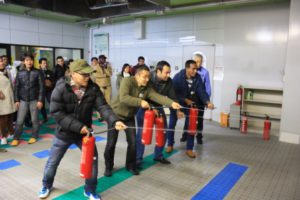 |
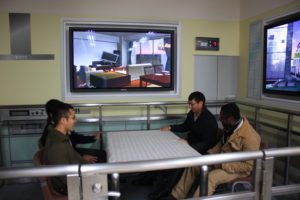 |
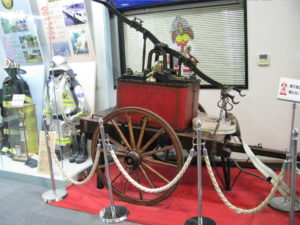 |
General information
| Address | Momchihama, Sawara-ku, Fukuoka-city |
| Access |
20 minutes walk from Nishijin Subway Station 20 minutes by a vehicle from Fukuoka Airport 15 minutes by a vehicle from JR Hakata station 30 minutes by a vehicle from Dazaifu 30 minutes by a vehicle from Itoshima 70 minutes by a vehicle from Yanagawa 70 minutes by a vehicle from Kitakyushu-city |

Home Tailor-made tours Study tours Christian Pilgrimage tours Golf tour Kyushu tour packages
Uminonakamichi Seaside Park
The sprawling, family oriented public park located on a narrow peninsula across the bay from
central Fukuoka. The park is made up of several different areas including flower gardens,
playgrounds, an amusement park with ferris wheel, sports fields, a water park, a zoo and large
open spaces and lawns perfect for picnicking.
 |
 |
 |
 |
 |
 |
 |
 |
 |
General information
| Address | 18-25 Nishitozaki, Higashi-ku, Fukuoka-city, Fukuoka-prefecture |
| Access |
30 minutes by a vehcle from JR Hakata station 35 minutes by a vehcle from Fukuoka Airpot |
| Open hours |
9:30 to 17:30 March to October 9:30 to 17:00 November to February |
| Admission fee | No fee is required |
| Days closed | 1st monday and Yuesday in February, December 31 and January 1 |

Yame travel guide
Yame is a rural tranquil region of Japanese tea cultivation and the traditional crafts
manufacturing and is located in the southern part of Mino mountain range.
Yame grew in size after the merger with Kurogi town,Tachibana town,Yabe village and
Hoshino village in 2010.
Featured Japanese restaurant Ginnoka
General information
| Address | City hall : 412-2 Bodaiji, Asakura-city, Fukuoka-prefecture |
| Access |
60 minutes by a vehicle from Fukuoka-city 40 minutes by a vehicle from Yanagawa 40 minutes by a vehicle from Asakura 35 minutes by a vehicle from Kurume 100 minutes by a vehicle from Kitakyushu-city |
| Population | 62,400 Population density 130 |
Yame

Home Tailor-made tours Study tours Christian Pilgrimage tours Golf tour Kyushu tour packages
















